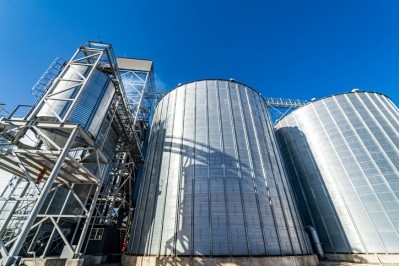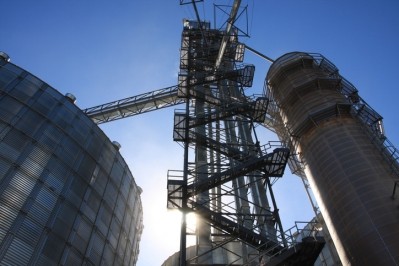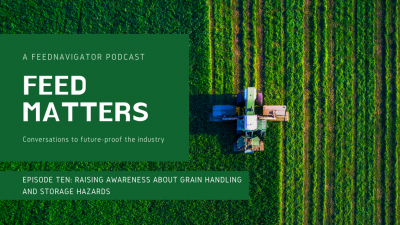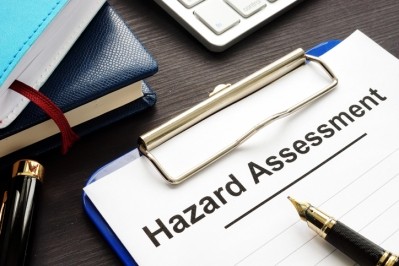US feed and grain safety groups in outreach effort
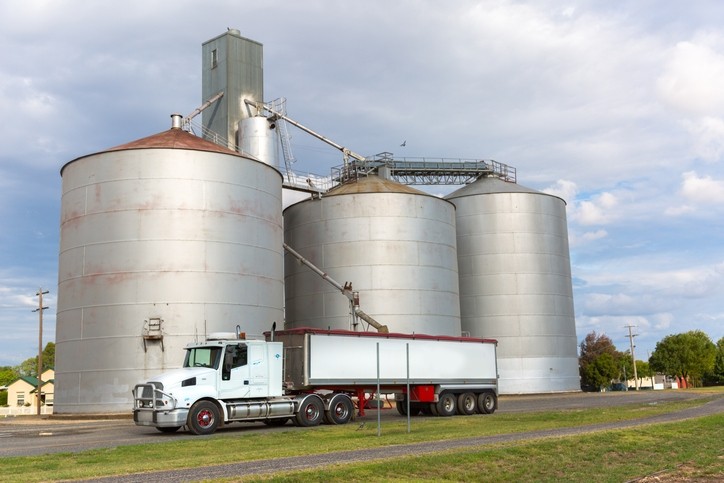
As part of an ongoing effort to promote safe practices for feed and grain industry employees, US organizations such as its Department of Labor’s Occupational Safety and Health Administration (OSHA), the National Grain and Feed Association, the Grain Handling Safety Coalition (GHSC), the Grain Elevator and Processing Society (GEAPS), the American Feed Industry Association (AFIA) and the University of Texas-Arlington, highlighted simple steps that could be taken during the National Safety Stand-up for Grain Safety Week in the US.
One goal of the effort was to help find and address areas within the industry where safety training may be needed, said Catherine Rylatt, secretary, co-founder and program coordinator with GHSC, a grant-funded organization focuses on providing safety information to smaller feed and grain elevators and has worked in 24 states to provide more than 1,500 hours of training and develop multiple training modules.
“It’s not just about compliance to the standard,” she told us. “But what’s the safest way to [complete a task] and be compliant.”
Awareness is increasing but there continues to be a need to “modernize” attitudes around safety, she said.
The outreach efforts of last month highlight the potential areas for risk for those working with feeds or grains, said a spokesperson with OSHA.
"Those who handle grain in commercial facilities, and many who work in a farm setting know of the hazards while working in the industry, yet fatal events continue to occur,” he told FeedNavigator.
There were 23 fatal and 21 non-fatal incidents within confined agricultural spaces in 2017, he said. Of those, 23 involved grain entrapments. In 2018, there also were 12 grain dust explosions.
Addressing safety concerns
The primary concerns to address in terms of handling or working with feed and grains include the prevention of grain dust explosions, falls or entanglement in equipment, augers or conveyors, in addition to preventing suffocation related to grain engulfment or negative interactions with hazardous atmospheres that can result from spoiling grain, said the OSHA representative.
The best way to prevent a lot of incidences is to maintain grain quality, he said.
“When grain is so out of condition that you feel you need to enter the bin to get grain flowing, that is exactly when you are in the greatest danger and should not enter that bin,” he added.
“At the average rate of flow for grain, a six-foot-tall individual will be unable to free himself in five seconds,” the spokesperson said. “In 11 seconds, that six-foot-tall person will be completely buried, and it will take one or two agonizing minutes to suffocate.”
However, feed grain handlers can mitigate some of the risks by wearing a harness and a properly attached lifeline and not working alone in a grain bin, he said. Grain conveying equipment also needs to be turned off and locked out if people are inside a bin.
Flooding and grain damage
Feed and grain industry employees also may face additional challenges this year stemming from flood-damaged grains, said the spokesperson.
“Proper moisture content is key to maintaining grain quality and maintaining grain quality is a key element of preventing fatalities resulting from grain engulfment,” he said. “Wet grain can cake-up, preventing proper flow leading to a false sense of urgency to get grain flowing that in turn leads to a possible engulfment if workers enter the bin to get grain flowing.”
Wet or damaged grain can form grain pillars, which may tip and bury someone in a grain bin and there also is the potential for grain “bridging” which presents a similar risk, he said. “Additionally, grain often sticks to the walls of storage structures creating a potential worker to be struck by, and or crushed or buried by falling grain."
